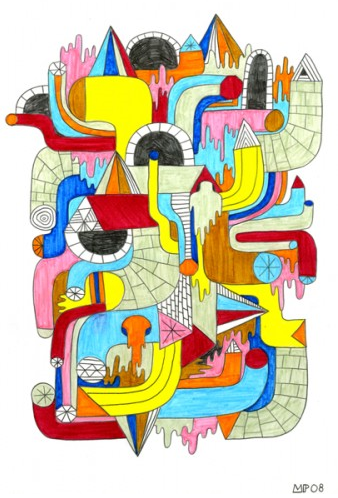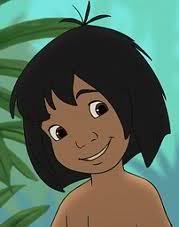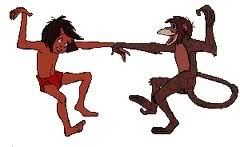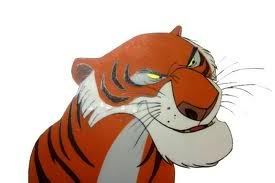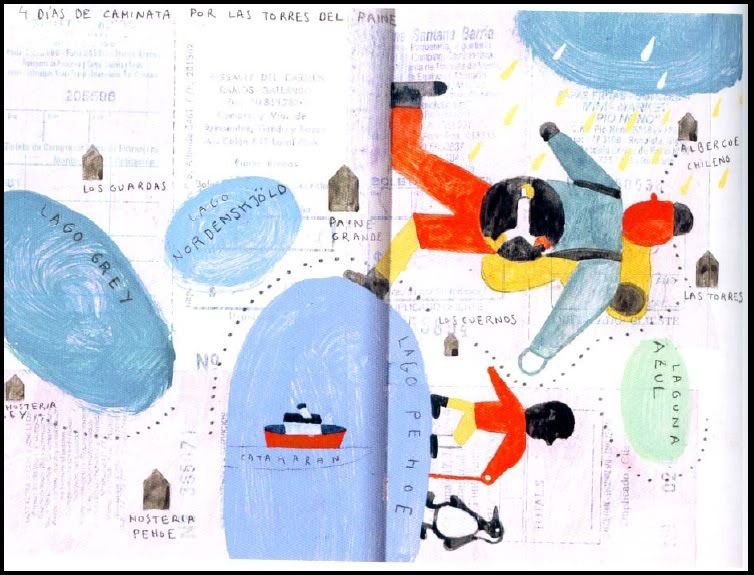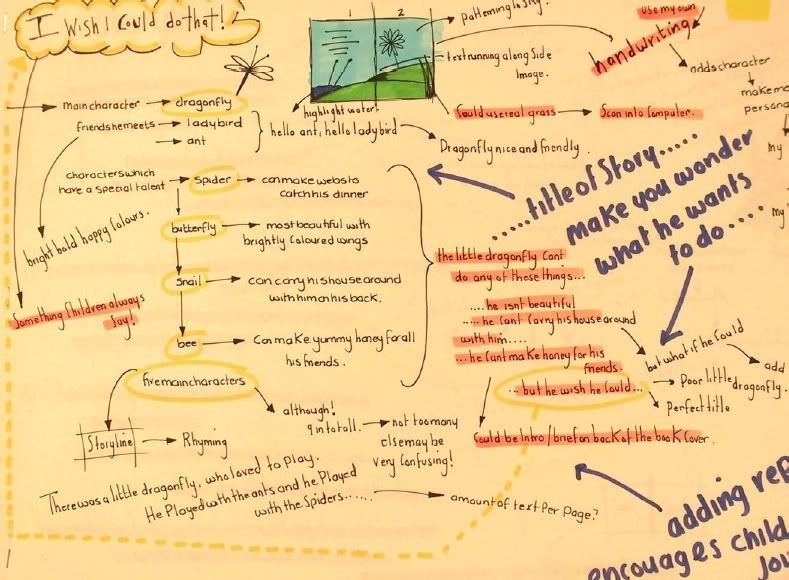Illustrators utilise both client based, commercially driven projects together with self-initiated and collaborative work, this enables them to use many different mediums to get their work across.
The word “medium” can refer to the medium the illustration is on, for example; paper, canvas, fabric. But in this case it means the way it reaches an illustration reaches its audience e.g. in a newspaper, magazine or on a wall in a museum.
Mike Perry has illustrations crossing many mediums. The illustration below works specifically in a magazine:
The following advertisements for the 2008 Olympics were created in collaboration with Saatchi & Saatchi:
Where as this illustration was designed by Perry alone as a self-initiated piece of illustration:
Testing is an area that links in very well with medium. If the medium of an illustrators work is successful in reaching its audience, they can gain feedback for their work.
If the illustrator has a blog they are able to gain feedback through the comments section. A piece of work could then be improved if needed before it is finalised and published. The audience could also provide feedback afterwards, if it was published in the medium of a newspaper or magazine, people could send in their views in an email or a letter. Feedback is important as it allows the illustrator, or any designer, to see if they have been successful in getting their message across.
-------------------------------------------------------------------------------------------------
Images from: http://www.mikeperrystudio.com/


